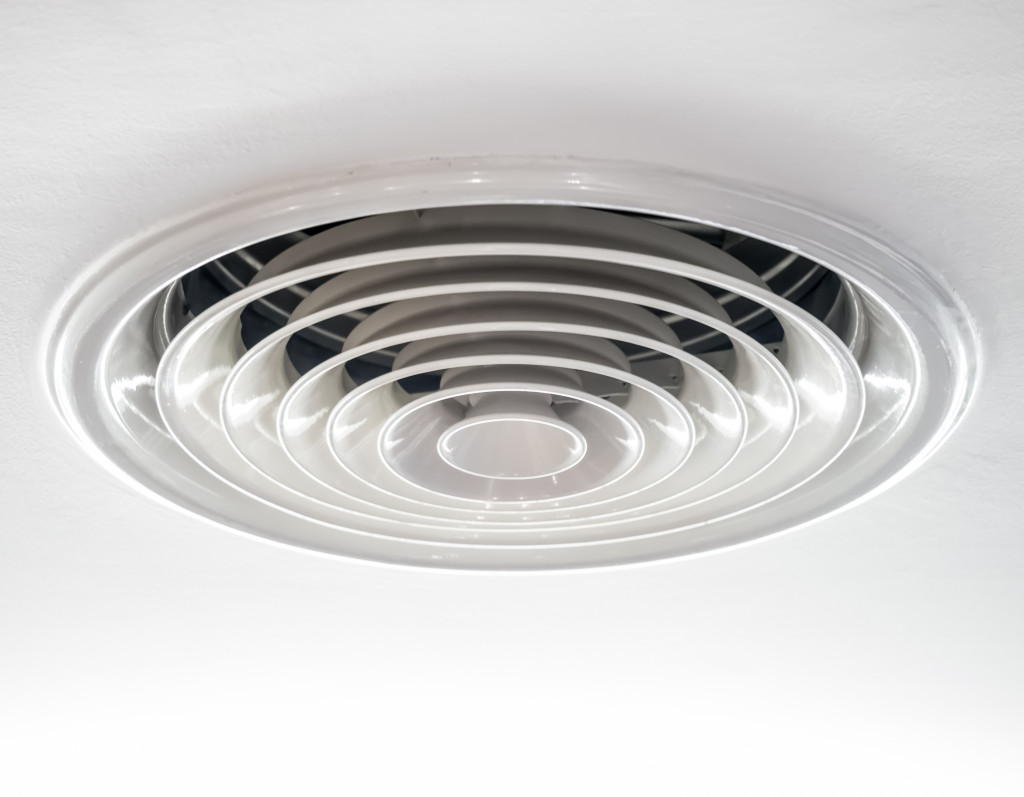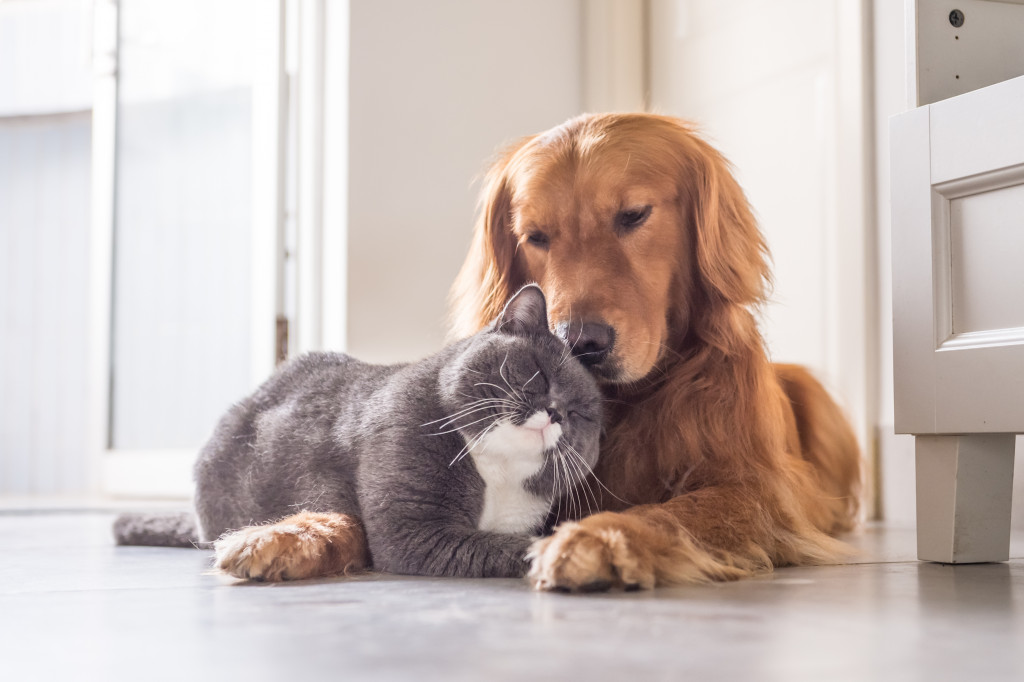If you’re a pet owner, you know that your furry friend is a part of the family. And just like with any other family member, you want them to be comfortable when they’re at home. That means making your house pet-friendly. Here are some tips on how to do that.
Limit the Exposure to VOCs
Many people are unaware of the potentially harmful chemicals found in common household products. These chemicals, known as volatile organic compounds (VOCs), can be released into the air, where they can be inhaled. Some VOCs can cause respiratory problems, while others have been linked to cancer. When choosing products for your home, it is important to look for products that are low in VOCs. This is especially important if you have pets, as they are particularly vulnerable to the effects of these chemicals. There are some ways to limit your exposure to VOCs. For example, you can choose cleaning products specifically designed for use around pets or make your natural cleaning solutions using vinegar and baking soda. You can also ventilate your home regularly to allow fresh air to circulate.
Another great way to reduce VOC exposure is to choose the right type of flooring coating. Floors and even furniture can release VOCs. Hence, coating the floors can limit VOC exposure. You can use floor coatings of polyurethane. Polyurethane is a type of polymer that is VOC-free. Hence, coating the floors with this polymer will eliminate the release of VOCs from the floors, thereby reducing your pet’s exposure. By taking these simple steps, you can help to create a safe and healthy environment for your beloved pets.
Use Pet-Safe Pest Control Products
Making your house pet-friendly means ensuring that any products you use to control pests are also safe for your pets. Many pest control products contain chemicals that can be harmful to your pets if they come into contact with them. Look for pest control products that are specifically labeled as safe for use around pets. These products will usually contain natural ingredients that are less likely to be harmful to your pets. You can also take some simple steps to make your home more pet-friendly, such as keeping food and water dishes where your pets can’t get to them and using pet-proof trash cans. Taking these precautions can help keep your pets safe and healthy while still keeping your home free of pests.
Keep Your Home Well Ventilated
Pets are a great addition to any home, but they can also bring a few challenges. One of the biggest concerns for pet owners is keeping their home clean and free of pet hair and dander. Ventilation plays a key role in this process, as it helps to circulate air and remove unwanted allergens from the home. By opening windows and doors regularly, you can help to keep your home well ventilated and make it more comfortable for your furry friends. In addition, regular vacuuming and dusting will also help reduce the amount of pet hair and dander in your home. By taking these simple steps, you can help to create a more pet-friendly environment in your home.

Choose the Right Flooring
Many homeowners choose to have pets, but they may not realize how important it is to select pet-friendly flooring. The type of flooring you choose will impact your pet’s health and well-being and your own. If you’re unsure where to start, here are a few things to keep in mind.
First, consider the type of pet you have. Different animals have different needs. For example, dogs have nails that can scratch hardwood floors, so they may be better off with carpet or tile. On the other hand, cats are more likely to claw at carpets, so they might do better with hardwood or laminate.
Next, think about your pet’s activity level. If you have a high-energy dog who loves to run and play, you’ll want to choose a flooring that can withstand wear and tear. Hardwood floors are a good option for active pets, but they can be slippery, so you may want to add a rug for traction. A tile is also a durable option, but it can be cold and unforgiving if your pet happens to fall. If you have a more sedentary pet, any type of flooring should be fine.
Choose Pet-Friendly Furniture
If you have pets, it’s important to keep your home well ventilated. Pets can create a lot of dust and dander, which can irritate your lungs and cause respiratory problems. Ventilation helps remove these airborne contaminants from your home, keeping the air fresh and clean. In addition, ventilation can also help to prevent mold and mildew growth. Mold and mildew thrive in damp, humid environments, so by keeping your home well-ventilated, you can help to discourage their growth. In short, good ventilation is essential for keeping your home pet-friendly.
Create a Safe Space for Your Pet
Pets are part of the family, and when you bring a new pet home, you want to make sure they have everything they need to be comfortable. That includes creating a safe space for them in your house. Start by pet-proofing your home. Remove anything that could be toxic to your pet, like plants or cleaning products, and put them out of reach. Make sure your furniture is sturdy and won’t tip over if your pet jumps on it. Block off any stairs or ledges that could be dangerous. Once you’ve made your home safe, you can start thinking about making it comfortable for your pet. Please give them a soft bed to sleep in and provide plenty of toys and chew bones to keep them occupied. Set up a food and water station in an accessible spot. And finally, don’t forget to spend time with your pet — they’ll appreciate the attention just as much as the comforts of home.
There are several things you can do to make your home more pet-friendly. From choosing the right flooring and furniture to creating a safe space for your pet, these tips will help you create a comfortable and welcoming environment for your furry friends. You can help your pets feel at home and enjoy their time indoors by taking these steps.

